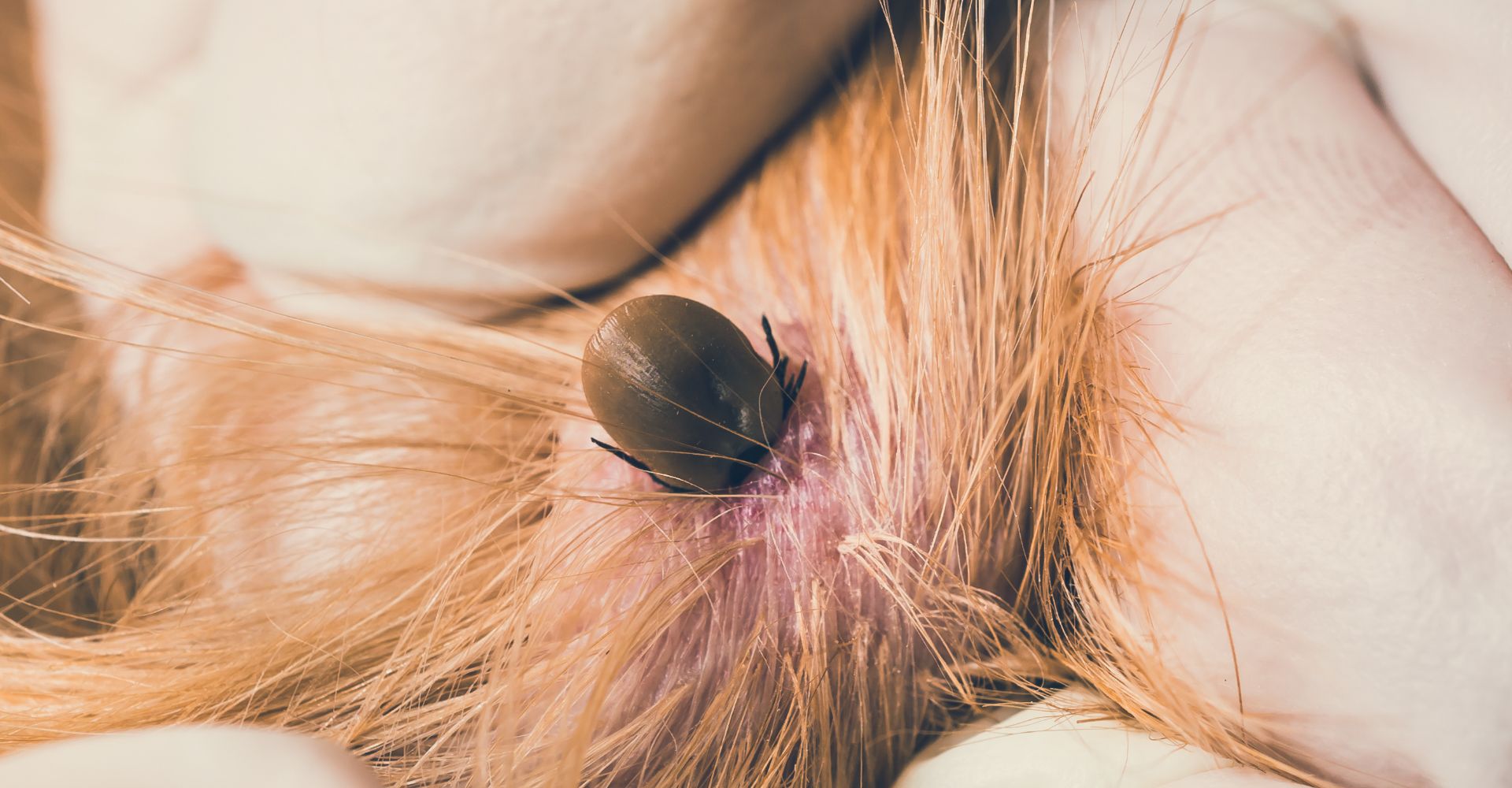We teamed up with our Vet of the Month, Dr Dean McGee from Florandia Dierekliniek in Pretoria, to share expert advice on how to remove a tick from a dog and keep your furry family safe.
With dotsure.co.za pet insurance, you’re financially protected if your pet needs treatment after a tick bite or a parasite-related illness. Our wellness benefit add-ons also make being proactive about preventative tick-related care a breeze.
Meet Our Vet of the Month
Tell us a little more about you and what you do.
“I am a small animal veterinarian. Most of my work is in general practice, but I enjoy orthopaedic surgery.”
What inspired you to become a vet, and what do you love most about the profession?
“My love for animals and an interest in farming, especially beef cattle. I gain satisfaction from alleviating pain and suffering in animals.”
Do you have any pets at home?
“I have a standard poodle named Watson. He is a rescue but has adapted well to our routine, especially enjoying our farm visits.”
Why is It Important to Remove a Tick As Soon As Possible?
“Ticks transfer parasites to pets, and their bites can also result in skin infections.”
What is the safest way to remove a tick from a dog or cat?
“By using a dog or cat deticking apparatus, ensuring removal of the head and mouthparts.”
What are the common mistakes to avoid when removing ticks from pets?
“Do not just pull them off. This could result in micro-abscessation and also transfer of parasites.”
How can a pet parent tell if a tick's head is still embedded, and what should they do?
“If there is a reddened swelling where the tick was, visit your vet.”
What should pet parents do after removing a tick?
“Disinfect the area with a dog- or cat-friendly disinfectant (e.g., F10) and safely dispose of the tick, as pets sometimes eat them.”
What are the signs of tick-borne diseases in pets to watch out for?
“Lethargy and inappetence with fever.”
How can pet parents prevent tick bites?
“Routinely make use of medications that kill or cause ticks to drop off.”
Any final words of advice for pet parents on dealing with ticks?
“Regular treatment with registered tick and flea products. Check your pet after a walk, especially in long grass.”
Our Extended Tick Safety Guide
Now that you’ve got the expert’s take, let’s unpack a few extra tick truths so you can be prepared.
Why Safe Tick Removal Matters
Ticks can pass on diseases like Ehrlichiosis and Babesiosis within hours of biting. These illnesses can be fatal if untreated, so early removal and prevention are your best defence.
Tick Bite Fever Symptoms Every Pet Parent Should Know
While Dr McGee mentioned fever and lethargy, you should also keep an eye out for:
- Pale gums
- Swollen lymph nodes
- Loss of appetite
- Weakness or collapse.
If you spot these symptoms, don’t hesitate to call your vet immediately.
What Does a Tick Bite Look Like?
A tick bite can leave behind:
- A small red bump
- Irritation around the skin
- In severe cases, an ulcer-like sore.
If the swelling spreads or doesn’t heal in a few days, a trip to the vet is needed.
Preventing Tick Trouble Beyond Medication
- Wash your pet’s bedding weekly in hot water.
- Keep your lawn trimmed to reduce tick habitats.
- Do a tick check after every walk in grassy or bushy areas.
Tick Removal in Cats
Cats are just as vulnerable, but their thinner skin makes removal trickier. Always be gentle, and if you’re unsure, get your vet to do it safely.
Covered Against Ticks?
Ticks might be small, but the vet bills they cause aren’t. Now that you know how to remove a tick from dogs and cats, it’s time to protect them with dotsure.co.za pet insurance. Get a free quote online or contact us for more info.



